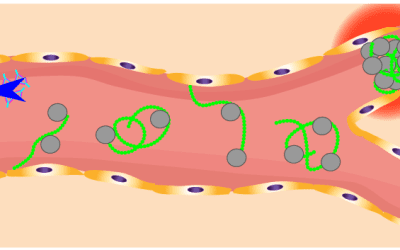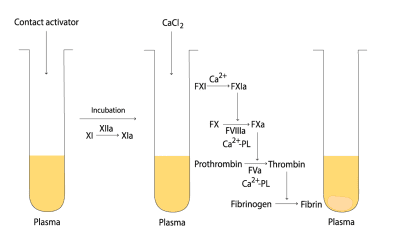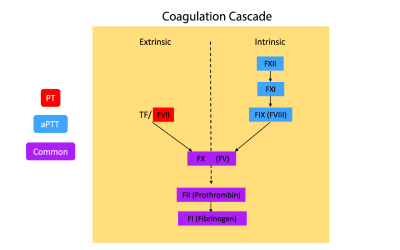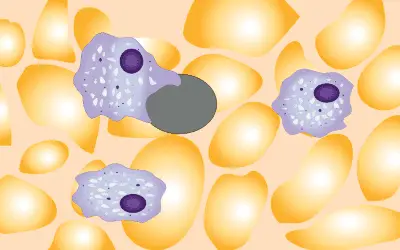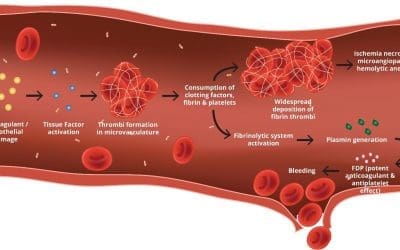Antiphospholipid syndrome (APS) is an autoimmune disorder that increases the risk of blood clots, pregnancy complications, and other health problems. Early diagnosis and management are crucial.
Hereditary Hemorrhagic Telangiectasia (HHT)
Hereditary Hemorrhagic Telangiectasia (HHT) is a rare genetic disorder causing abnormal blood vessels, leading to frequent nosebleeds and internal bleeding.
Ehlers-Danlos Syndrome (EDS)
Ehlers-Danlos Syndrome (EDS) is a genetic disorder characterized by joint hypermobility, skin elasticity, and often fragile tissues. It can cause pain, fatigue, and other complications.
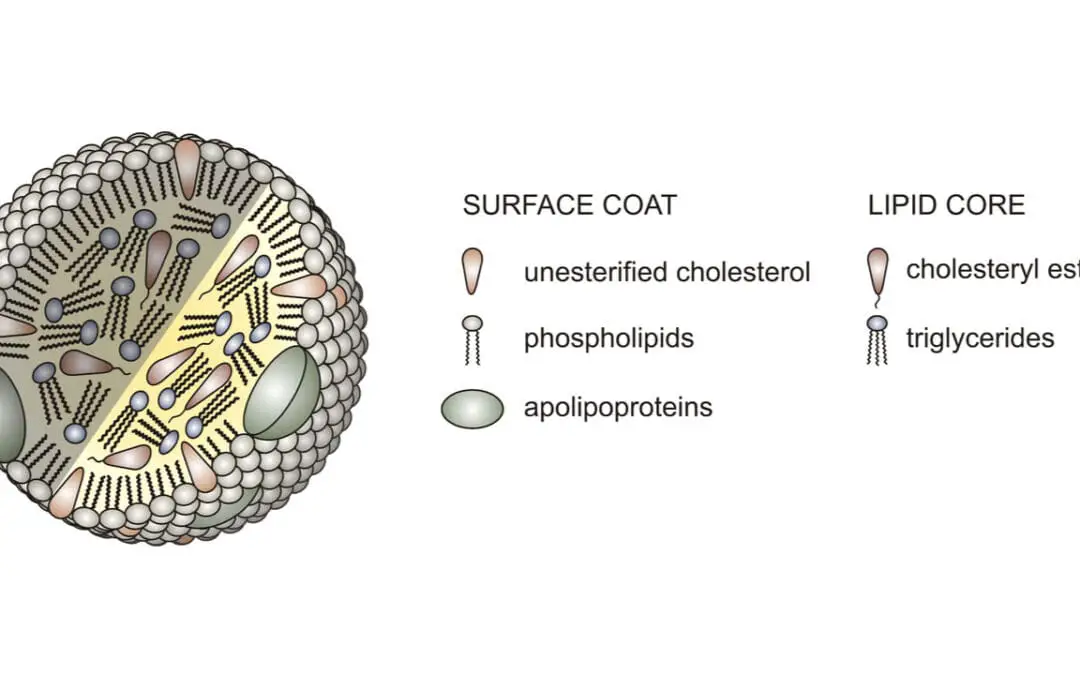
Lipoprotein(a): The Silent Heart Risk You Need to Know
Lp(a): genetic risk for clots & heart disease. Not lowered by diet. Tests measure levels. Manage other risk factors.
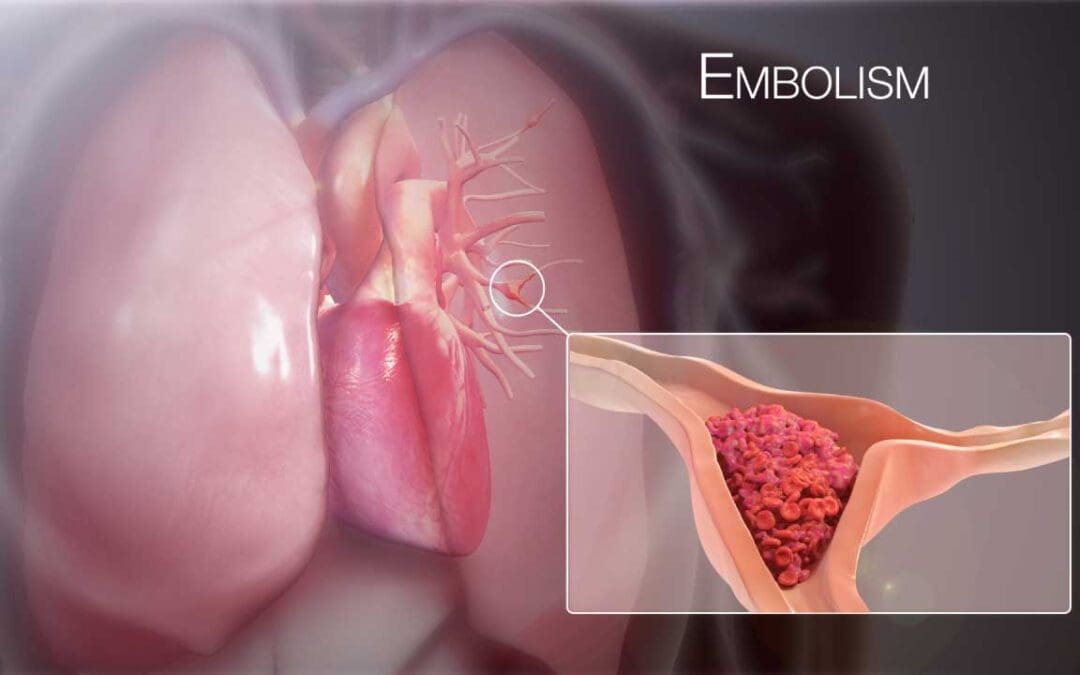
Pulmonary Embolism (PE)
A pulmonary embolism (PE) is a life-threatening blockage in lung arteries, often from a leg clot. Urgent diagnosis and treatment are vital.
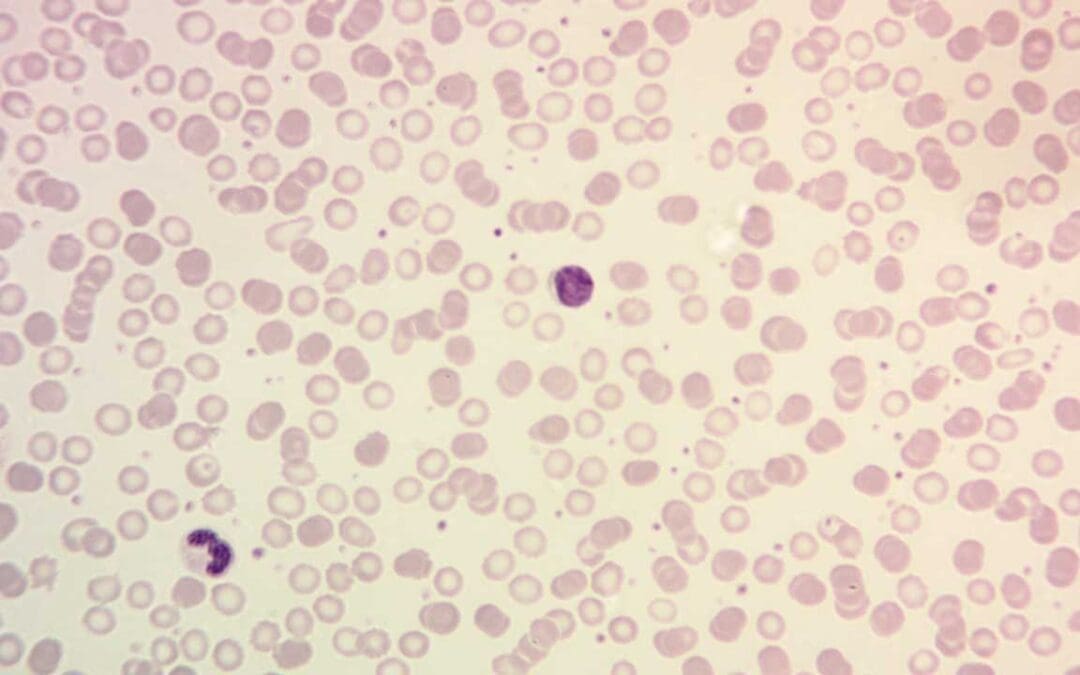
Thrombocytosis (High Platelet Count)
Thrombocytosis: High platelet count. Can be reactive (due to other conditions) or essential (bone marrow disorder). Learn causes & significance.
Thrombotic Thrombocytopenic Purpura (TTP) & ADAMTS13
Thrombotic thrombocytopenic purpura (TTP) is a rare and life-threatening blood disorder that causes blood clots to form throughout the body.
Activated Partial Thromboplastin Time (aPTT) Blood Test
The APTT assay measures how long it takes for a blood clot to form by measuring the amount of time it takes for fibrinogen to be converted to fibrin.
Prothrombin Time (PT) & INR
The PT assay is used to diagnose and monitor a variety of bleeding and clotting disorders by measuring how long it takes a blood clot to form.
Primary Immune Thrombocytopenia or Primary ITP
Immune thrombocytopenia (ITP) is a rare autoimmune disorder in which the body’s immune system destroys its own platelets.
Disseminated Intravascular Coagulation (DIC)
Disseminated intravascular coagulation (DIC) occurs when the blood coagulation system is overwhelmed causing widespread blood clots and bleeding throughout the body.
Hemophilia
Hemophilia is a rare inherited blood disorder that affects the ability of blood to clot. People with hemophilia often bleed for longer than usual after an injury or surgery.

